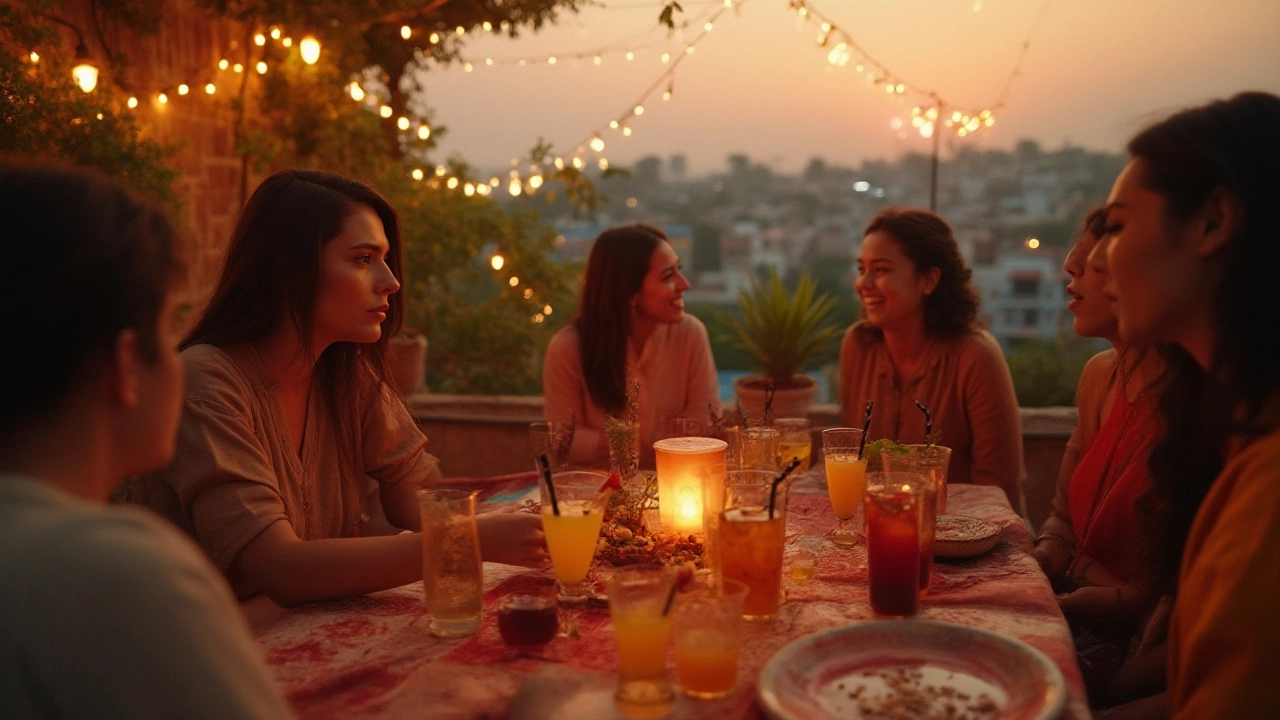
So, you’re standing in front of a bar for the first time, possibly a little nervous, eyes skimming over a list of drinks you’ve only ever seen in movies. What actually makes a good “starter” alcohol? And why is picking your first drink such a weirdly big deal? Maybe it’s the pressure to look cool or not pull a face after that first sip. Here’s the secret: you don’t have to be cool, you just want to enjoy your first experience. Tons of people still remember their first real drink—whether it was a sweet cider on a chilly night in Glasgow, or an awkward half of lager at a noisy birthday party. It’s never really about the drink itself, but the feeling it gives you and, let’s be honest, the story you’ll remember. But some drinks are much kinder to beginners than others. Some will let you ease into the world of alcohol without needing to brace yourself after every swallow. That’s what we’re going to unpack here: drinks that’ll actually help you figure out what you like—rather than what you have to survive.
Why Your First Alcohol Choice Matters
Your first drink isn’t just about taste—it sets the tone for everything after. Choose something too strong, and you may swear off spirits for years. Pick something bland, and you’ll wonder what the fuss was about. The trick is finding a *balance*: a drink that’s gentle on your tastebuds, won’t floor you after a few sips, and helps you discover your natural preferences—like, do you actually fancy sweet, sour, bitter, or something savoury?
Scotland loves its whisky, but honestly, I wouldn’t start there if you’ve never had alcohol. Whisky has this punchy character and alcohol warmth that’s only kind to experienced palates. It takes time for most people to fall for the smoky, peaty, or fruity depths of a good Scotch. Instead, think light and easy. That’s where things like cider, white wine, low-alcohol beer, and simple mixed drinks come in.
Start off sweet or fruity if you’re cautious. Drinks like hard cider—think apple or pear—are everywhere in the UK. They’re crisp, barely bitter, and rarely taste like they even contain alcohol. According to the Office for National Statistics, cider sales make up over 7% of the total alcohol market in Scotland, mostly because newcomers find it easier to enjoy than a room-temperature ale. In other countries, coolers and sweet mixed drinks fill a similar role.
Wine can be a great starting point too, especially white wine or rosé. Sauvignon Blanc and Pinot Grigio, for example, tend to be crisp and citrusy—not as acidic or heavy as some reds. There’s no fizz or carbonation to worry about, and you usually sip your way through, making it easier to gauge your comfort level. Ask for a “fruity white” or an “easy rosé” at a bar and you’ll avoid anything too dry or oaky.
Then there’s beer. Lager is the lightest option—and it’s basically a global staple for first-timers. Forget about the heavy stouts and IPAs for now: a half-pint of lager chilled to perfection is easy to drink and won’t cling to your tongue. Some bars have alcohol-free or low-alcohol lagers, which are worth trying if you want to pace yourself.
If you always liked fruit juice, mixed drinks are your best friend. A classic gin and tonic, vodka cranberry, or rum and cola can taste pretty mild—the spirits get diluted by the mixer, so you won’t get hit with hardcore alcohol burn. These drinks also let you tweak the ratio: ask for a “light pour,” and bartenders usually oblige. That way, you get the vibe of the drink without much kick.
Your body matters here, too. Everyone processes alcohol differently: height, weight, sex, what you’ve eaten that day, your general tolerance—it all counts. And let’s bust a myth: there’s no “one-size-fits-all” starter. Some people go all-in with tequila or craft cocktails and adore them from day one; others want nothing stronger than a hard lemonade for the first year. Your friends might pressure you for shots, but there’s zero shame in sticking with something softer.
Choosing your first alcohol is sometimes about taste—but it’s also about comfort, safety, and making sure you want a second sip, not a glass of water. Don’t be afraid to ask the bartender for recommendations—they’re pros at helping first-timers find something non-intimidating. And don’t rush! Nothing ruins a night faster than drinking too quickly because everyone else seems to have a bigger glass.
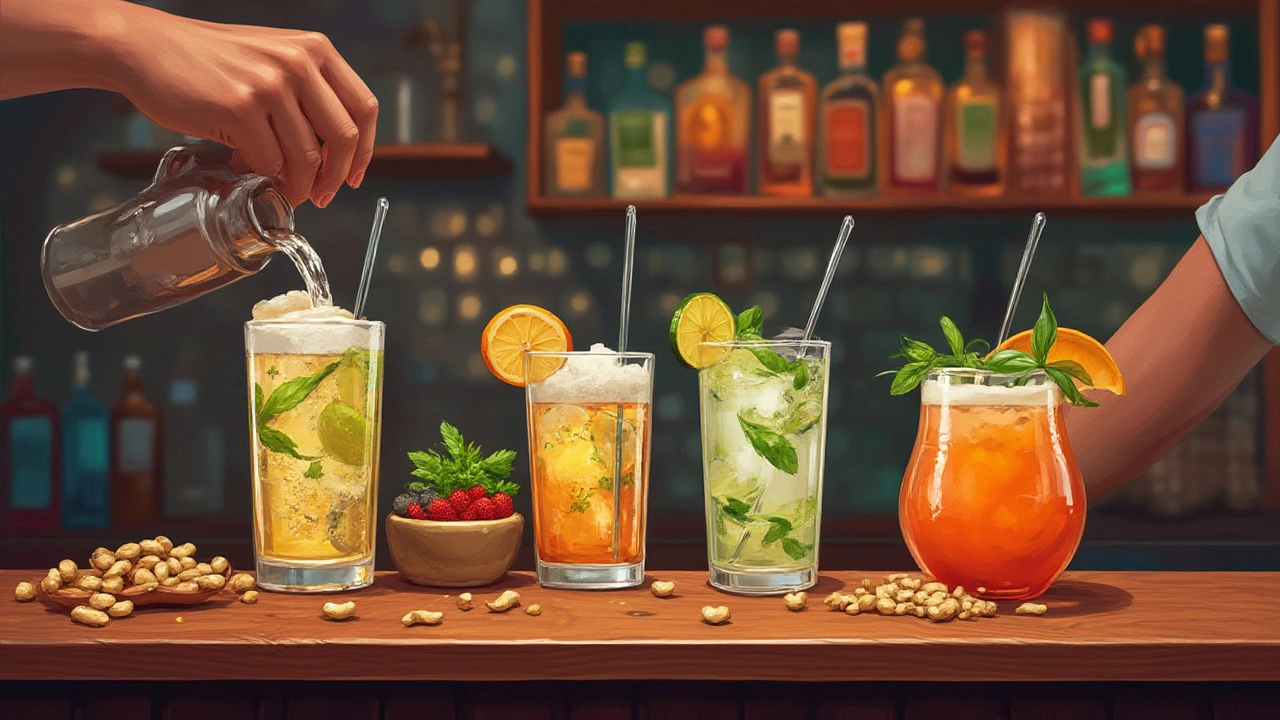
The Best Starter Alcohols and Beginner-Friendly Drinks
If you want drink-by-drink guidance, you’re in luck. Let’s break it down by categories to see what beginner-friendly really looks like, and which drinks are most forgiving on both palate and stomach.
- Hard Cider: It’s the go-to for beginners in the UK—think Magners, Bulmers, or the slightly fancier Aspall. Apple, pear, or berry ciders taste like sweet juice with a hint of fizz. Most are around 4–5% ABV (alcohol by volume), about the same as beer, so you won’t get overwhelmed quickly. Some local Scottish ciders have lovely tart or floral notes if you want something different.
- Lager Beer: Light, crisp, and easy—the opposite of heavy stouts and obscure craft brews. Try Peroni, Budweiser, or Tennent’s (very Scottish) for a classic neutral beer that’s not too bitter. Lager works well ice-cold on a sunny day or in busy pubs, and “shandy” (lager with lemonade) is even easier on the beginner tongue.
- Fruit Wines and Coolers: Stuff like Echo Falls Summer Berries, Barefoot Moscato, or WKD Blue sits squarely in the sweet/fruity category. Don’t knock them—these drinks are designed for first-timers who want a “sippy” alcohol and zero burn. Most coolers have around 4% ABV, and wines can go up to 11%, so don’t chug one the way you’d down a soda.
- Sauvignon Blanc or Pinot Grigio: These whites are sharp, citrusy, and reliably inoffensive. A slightly sparkling Prosecco or Moscato also does the trick if you want bubbles. Rosé, usually fruitier and less “dry,” is another favourite among wine newbies.
- Mojito or Other Light Cocktails: Cocktails mix spirits with enough juice or soda to make the taste mellow. A mojito (rum, lime, soda water, mint), a gin & tonic, or a vodka lemonade is flavourful but not overwhelming. Order weak if you’re cautious—“half measures” taste just as good, and nobody cares if you’re pacing yourself.
- Spiked Seltzers: Newer in the UK, but huge elsewhere. These fizzy, fruity, low-ABV drinks taste close to flavoured sparkling water, but with a subtle kick. Ideal when you want something refreshing but aren’t into beer or cider.
- Low-Alcohol Spirits or Alcohol-Free 0% ‘Mocktails’: Surprisingly good these days. If you’d rather not get tipsy or just want to test the waters, alcohol-free beers, ciders, and mocktails offer the full ritual with no risk.
Skip straight spirits or classic whisky if this is literally your first rodeo—your tastebuds and head will thank you. Lots of Scottish bars do “wee drams” of whisky for tourists, but go for it only if you like strong flavours and a bit of heat (seriously, it’s an acquired taste).
If you ever feel like experimenting, remember: you can always ask for a sample, or split a drink with a friend. If you’re sipping at home, pour a taster instead of a full glass so you don’t waste anything you don’t love. For cocktails, look up simple recipes and use a shot glass to keep the alcohol content consistent (Google “standard drink measures UK” for guides—because British measures are smaller than American ones, and you don’t want too much by accident).
If you’re watching calories, vodka sodas or gin and slimline tonics tend to have the fewest. Sweet ciders, on the other hand, can be sneaky sugar bombs—and “alcopops” like WKD and Smirnoff Ice are pretty much liquid Skittles. Your tastebuds might demand them at first, but some folks later find them sickly sweet.
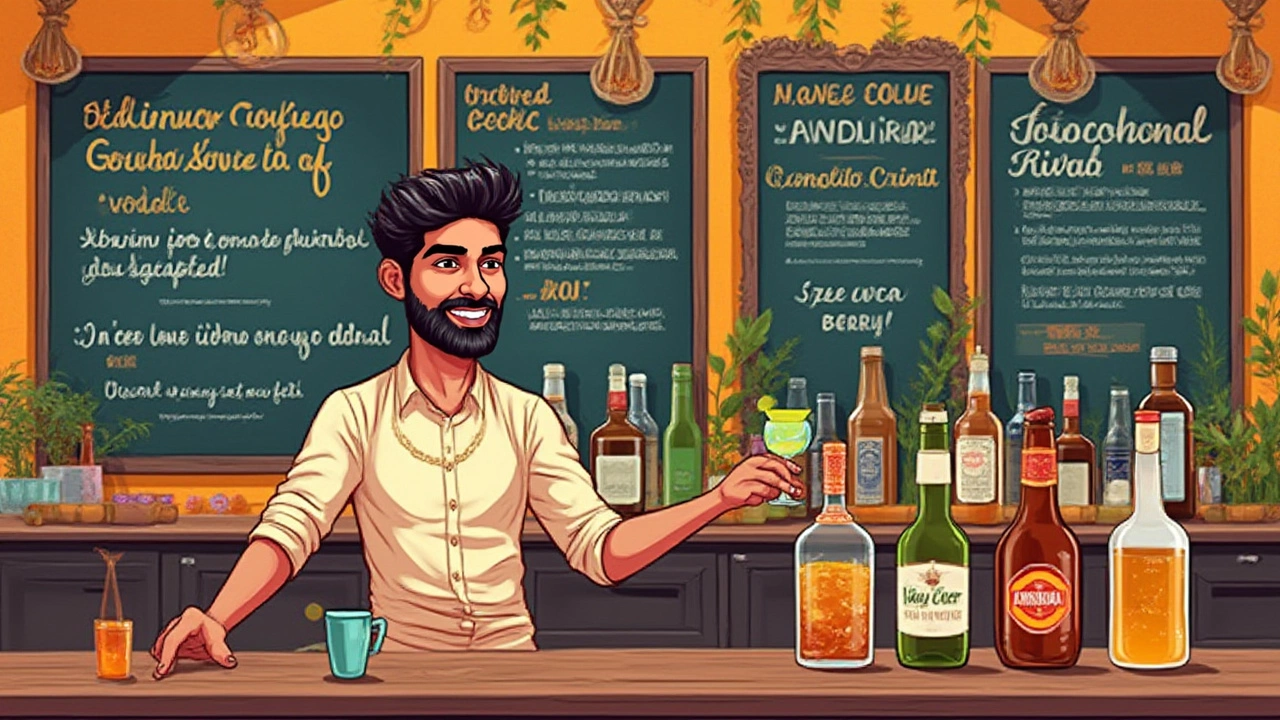
Tips for Your First Alcohol Experience
Your first drink isn’t just about the alcohol—it’s about everything that goes with it. Your company, your mood, what you had for tea, even the music playing. If you keep a few small tips in mind, your first alcohol experience goes from “pitfall” to “pleasant memory.”
- Eat something before drinking: Alcohol on an empty stomach is a rookie mistake. Even a sandwich, chips, or a handful of nuts can slow down absorption and stop you from feeling queasy or too tipsy too quick.
- Drink slowly: It’s not a race. Sip your drink to taste how it changes as it sits. Often, coolers and wine taste better as they warm up a bit; lagers are usually best ice-cold.
- Drink water too: Hydration is your secret weapon. A glass of water between drinks makes you feel better the next day—no shame in keeping one on hand.
- Know your limits: The “one drink per hour” guideline isn’t perfect, but it’s useful. If you start to feel dizzy, flushed, too giggly, or just “not right,” stop drinking for a bit. Listening to your own cues is much cooler than keeping up with the reckless crowd.
- Don’t mix too much: Don’t try beer, wine, spirits, and cocktails all in one go. Your stomach (and your head in the morning) will protest fiercely. Stick to one type per night if possible, especially at first.
- Ask for help: Bartenders and shop staff have seen every awkward newbie under the sun. They know which drinks are gentle and which are disasters. If you’re nervous, say “It’s my first proper drink—what do you recommend?” Someone will help you out, I promise.
- Safety first: If you’re out, keep an eye on your drink. Never accept a drink from a stranger unless you watch it being made. Travel with friends or let someone know your plans, and don’t ever feel pressured to drink more than you want. Your pace is your business.
And here’s a quirky fact: The human body starts digesting alcohol within minutes. Women, in general, feel the effects faster because of differences in water content and enzyme levels. So, if you’re petite or less experienced, you’ll feel tipsy on less alcohol than your mate who’s built like a rugby forward.
Pick an environment you enjoy. You don’t have to go to a loud bar; a quiet night with friends or a family gathering works. It’s much easier to notice flavours, pace yourself, and decide what you actually like when you’re not distracted or shouting over DJs.
If you ever want non-alcoholic options that look and feel like the real thing, there are now great alcohol-free “spirit” brands doing 0% gin, whisky, or aperitifs. You can be part of the party vibe with zero hangover risk.
So, bottom line? The best alcohol for beginners is the one that makes you feel comfortable, tastes good, and doesn’t leave you dreading your second glass. Start easy, trust your instincts, and remember: everyone has their own story about their first real drink. Yours is just getting started. Cheers from a chilly Edinburgh evening, where even now, cider is the friendliest hello you’ll find on tap.
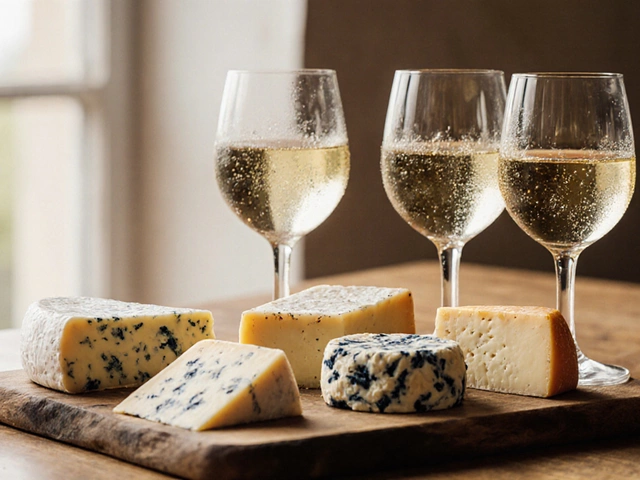
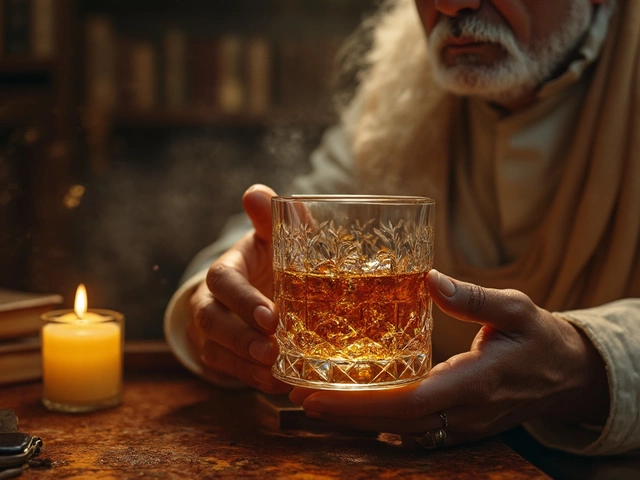
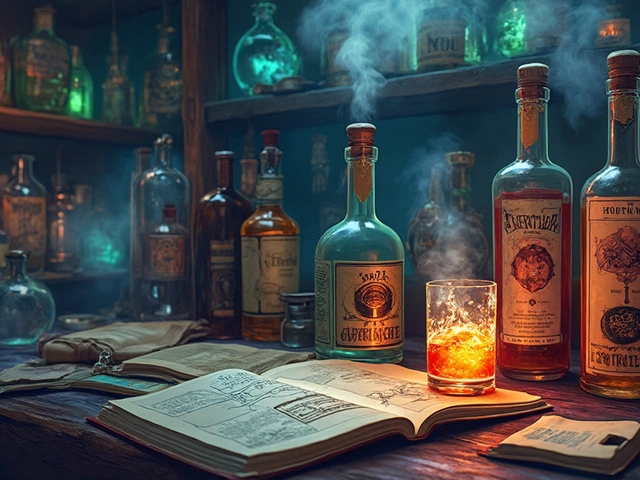
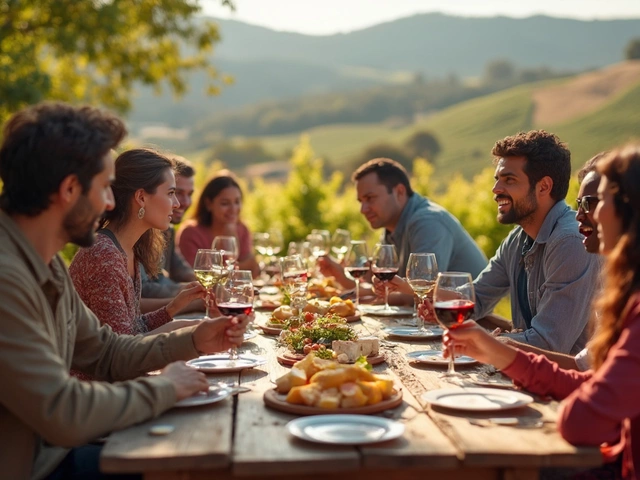
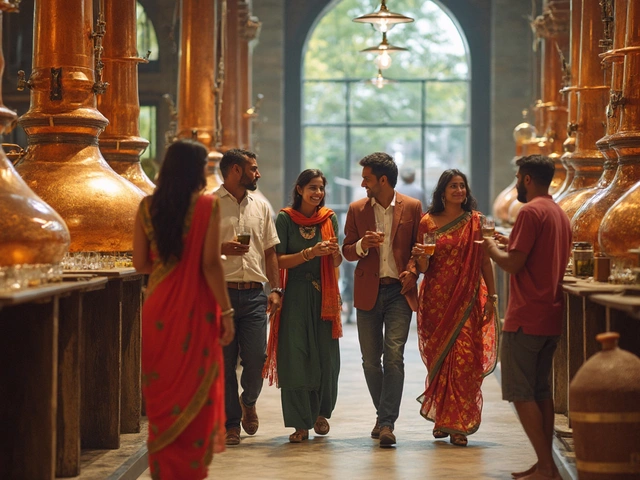
Categories